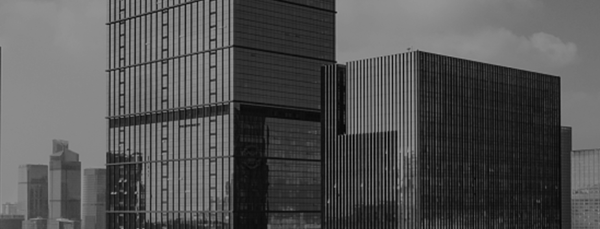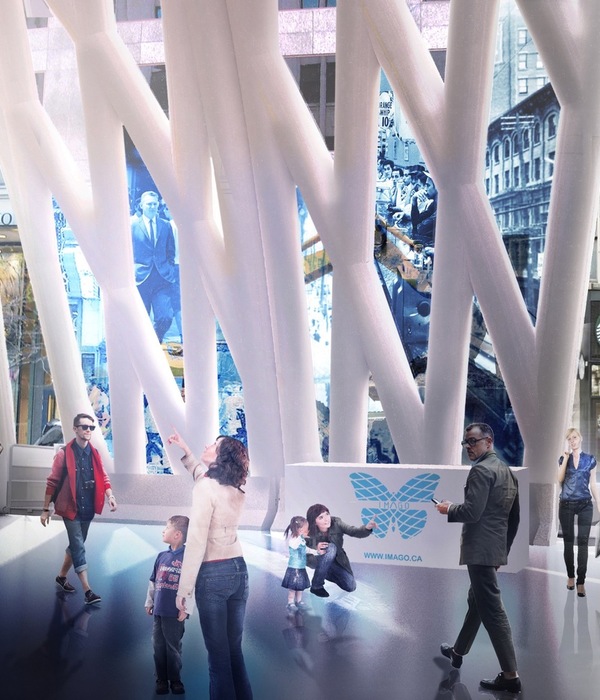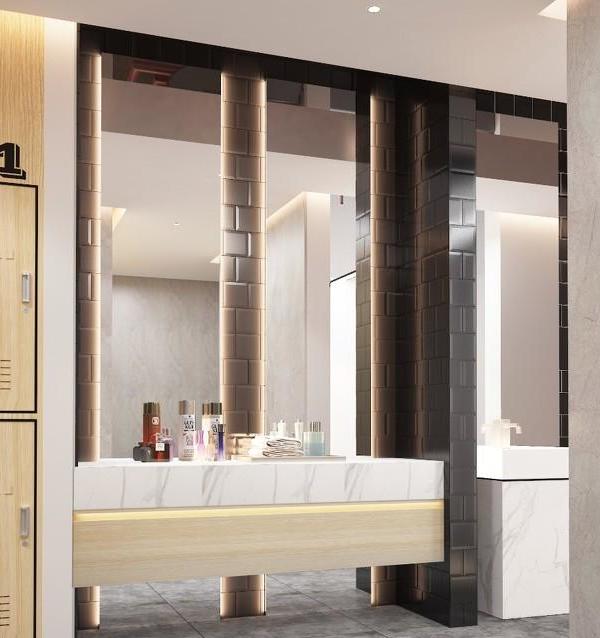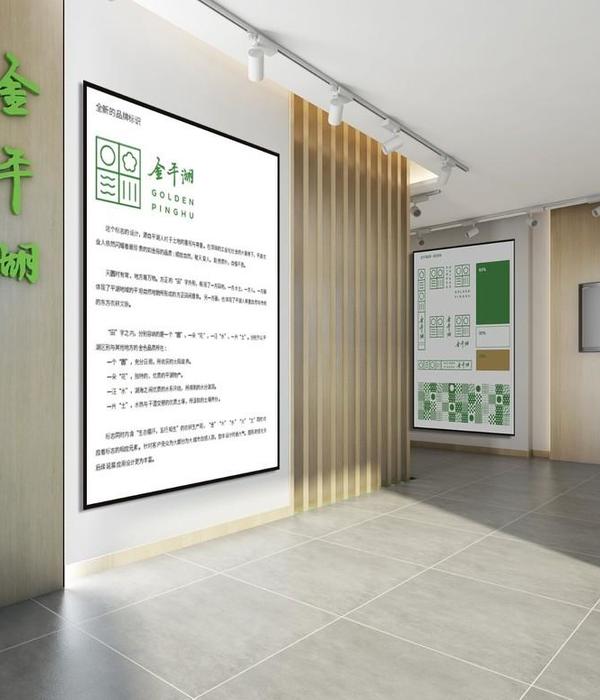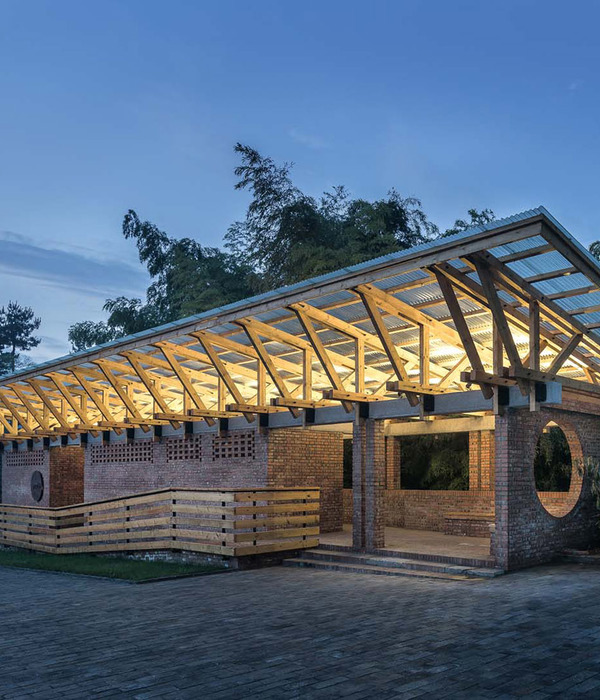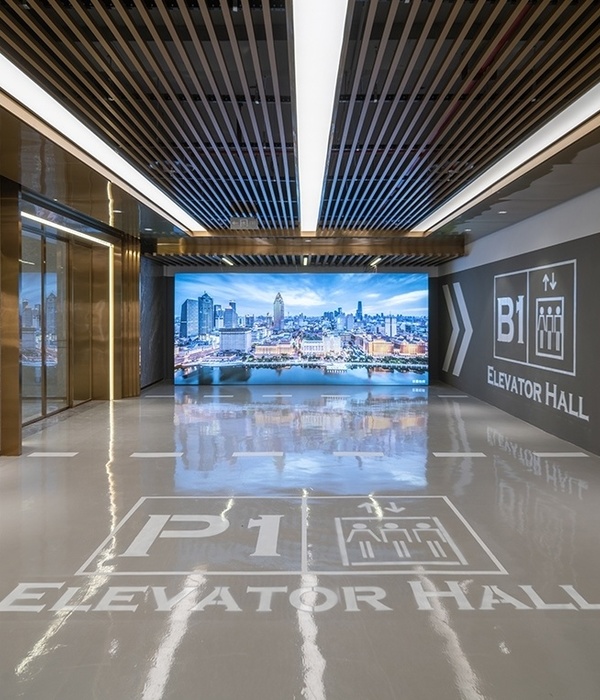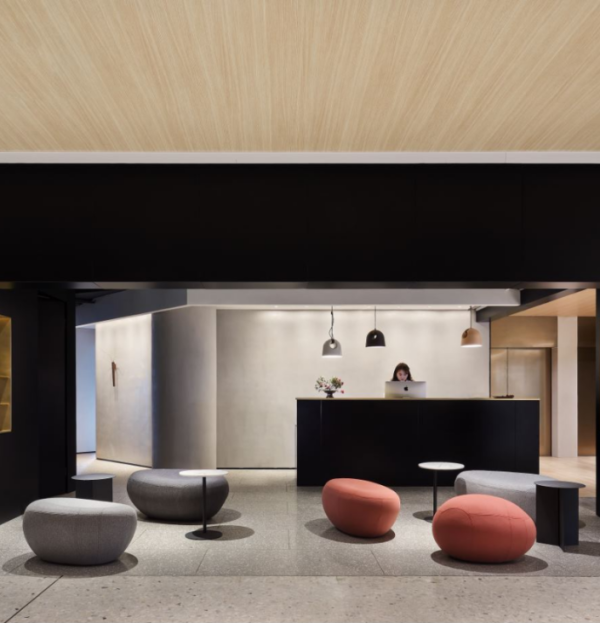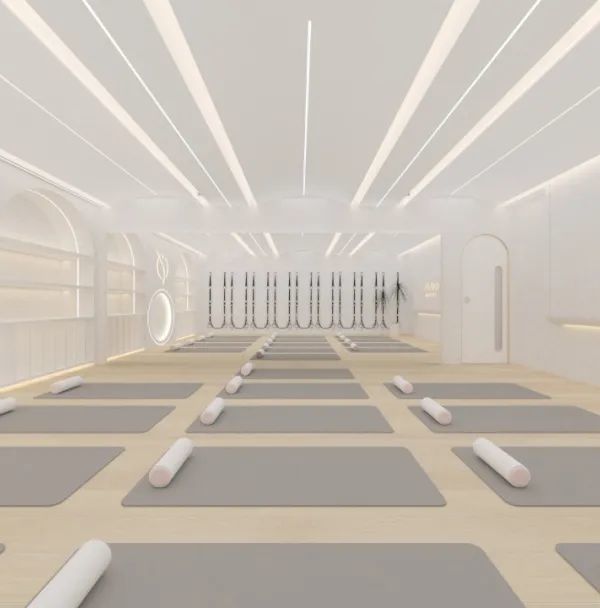Originally established in Stockholm in 2010, the world-renowned photography museum Fotografiska continues its ambitious global expansion with the opening of Fotografiska Shanghai, a former warehouse nestled along the Suzhou Creek that has been transformed by AIM Architecture into a vibrant destination for art and culture. The project masterfully blends preservation and reinvention, creating a space that honours its industrial past while ushering in a new era of visual storytelling. Joining other international outposts in New York, Tallinn and Berlin, the new Fotografiska Shanghai embodies the museum's vision of fostering cultural exchange and community engagement through photography.
At the heart of the project is a commitment to preserving the historical integrity of the building while fostering a new narrative deeply rooted in visual art. The integration of original brickwork, concrete beams and industrial details in modern spaces creates a multi-layered environment that exudes authenticity and intrigue. This approach not only maintains the building's industrial legacy but also breathes new life into the space, thereby transforming it into a dynamic cultural centre that catalyzes neighbourhood rejuvenation.
Inspired by the diverse layers of the city, the ground floor layout embraces openness and fluidity, with various functions, including a restaurant, bar, retail space and ice cream shop, sequentially arranged along the building’s elongated street façade. Large patio doors and clerestories fill the museum’s public spaces with natural light as well as opening up to the street outside inviting people in. Inside, exposed concrete beams and posts are paired with Crittall-style doors to evoke the building’s industrial heritage, glazed black floor tiling introduces a sense of sleek craftsmanship while contemporary furniture injects pops of vibrant colour and softness.
Circulation within the museum is facilitated through two grand staircases imbuing the visitors’ experience with a ceremonial sensibility. Throughout, custom-designed vertical lights along the walls guide visitors through the exhibits, serving as both navigational elements and dynamic light experiences. As guests move from one floor to another, these lights create an interplay of light and shadow that brings the visual narratives to life.
In typical Fotografiska fashion, the exhibition spaces themselves have no windows, allowing the spotlit photographs to take centre stage, with display walls painted in different colours creating an immersive experience where visual narratives come to life. In contrast, transition spaces between offer visitors the opportunity to reconnect with the property's heritage in all its rugged materiality, as the building’s concrete skeleton has been left exposed, with the intention of drawing the eye to its industrial essence.
Conceived as a futuristic vision of a traditional garden room, the top floor blends indoor and outdoor spaces, including a vast terrace offering panoramic views of the city. Housing a convivial bar and lounge, this is an ideal place to relax after visiting the exhibitions and share the experience with friends. Exposed concrete walls can also be found here, in this case juxtaposed with plush fabrics, vibrant green and yellow tones, and curvaceous forms courtesy of playfully designed furnishings. Finally, a VIP room boldly swathed from floor to ceiling in red tones further underscores the entire scheme and its overall objective to create a unique and memorable experience.
Fotografiska Shanghai is more than just a museum; it’s a cultural hub that is destined to host workshops, lectures and events, with the aim of fostering a community of artists, enthusiasts and curious minds who share a passion for photography. This new and important outpost in China ultimately serves to solidify Fotografiska's ever expanding significance as well as role as a global leader in the world of visual art and cultural exchange.
{{item.text_origin}}

